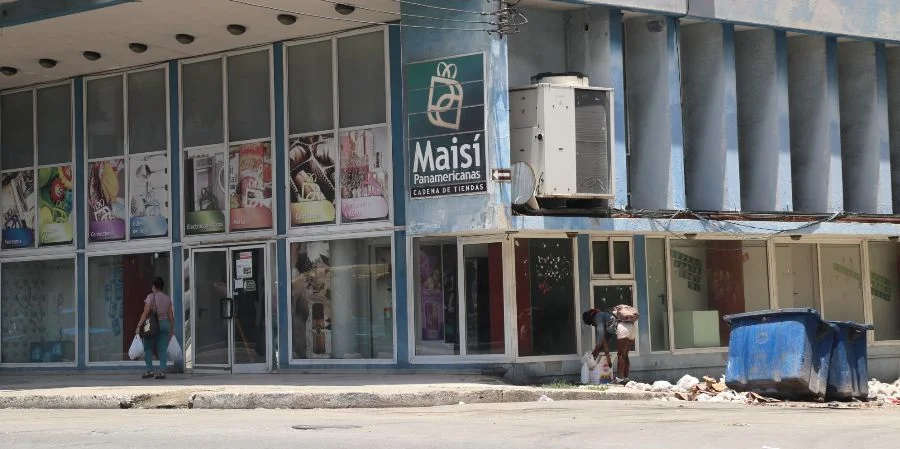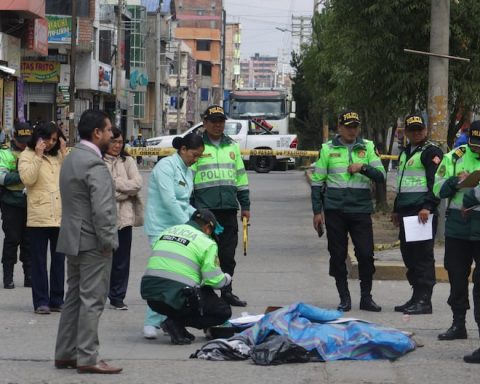MIAMI, United States. – The Economic Commission for Latin America and the Caribbean (ECLAC) projects that Cuba’s exports of goods will face a significant contraction of 15%, which places the country among the five with the worst projections in Latin America and the Caribbean.
According to the ECLAC report “International Trade Outlook for Latin America and the Caribbean 2024”the fall is mainly attributed to the decrease in the production of cane sugar and molasses, as well as the collapse in the price of nickel.
In addition to the reduction in exports, ECLAC projects a negative variation in the terms of trade for Cuba, which means that the value of its exports of goods will fall in relation to the prices of imports.
The Cuban economist Pedro Monreal he specified on the social network that this data reflects the results of the first half of 2024, a period in which exports of goods already experienced a contraction of 23% compared to the same period in 2023.
A striking aspect of the report is the absence of data on exports and imports of services in Cuba for the year 2024. “Cuba is the only country for which ECLAC did not project figures for exports and imports of services,” Monreal noted. According to the report, the lack of data in this area is due to the reluctance of the Cuban government to directly provide this information, which hinders the preparation of a complete projection of the country’s balance of goods and services.
The ECLAC report also explores the state of undernourishment in the region, using FAO indicators. According to Monreal, “Cuba is among the five countries in Latin America and the Caribbean with the best prevalence rates of average undernourishment, with less than 2.5% of its population experiencing ‘hunger’.” However, for the second indicator, the “prevalence of moderate or severe food insecurity”, Cuba does not appear among the 28 countries for which ECLAC presents updated data.
Although the report positions Cuba favorably in terms of average undernourishment, it is not clear why ECLAC did not include specific data on the prevalence of food insecurity for the Island.
















